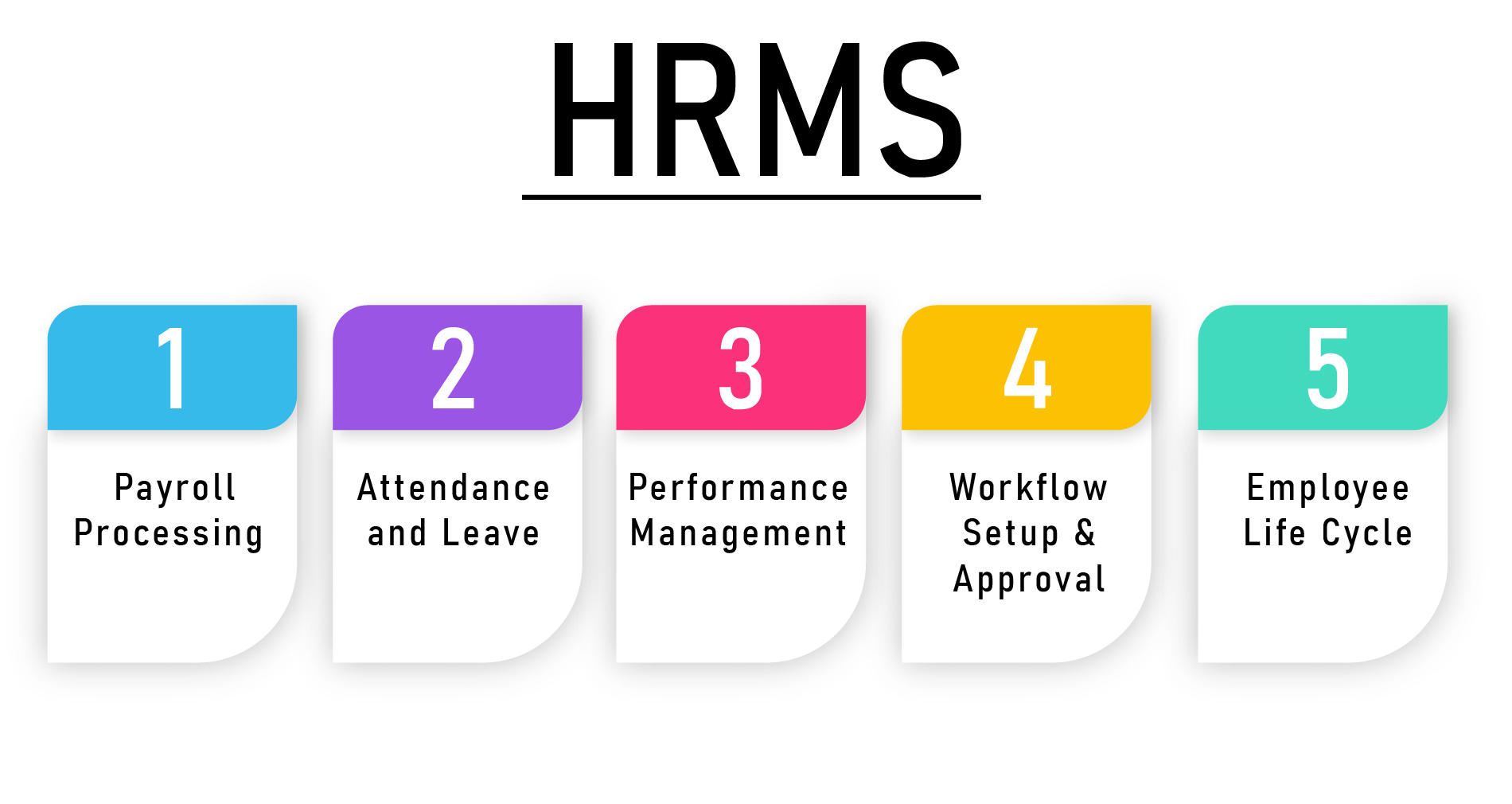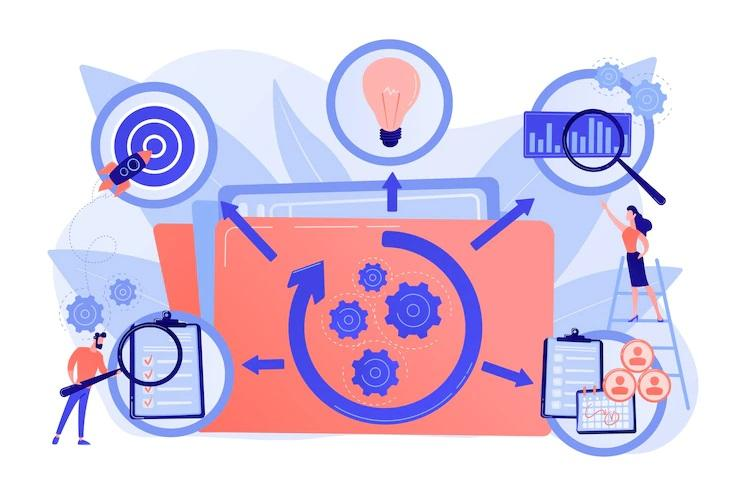“What is a good HRMS?”
What makes an HRMS good depends of what functions it performs, and keeping things simple, here are the 5 basic and most crucial functions that are necessary for smooth running of an organisation which an “Good” HRM System must perform:

– Payroll Processing
In simple terms, payroll can be defined as the process of paying a company’s employees. It includes collecting the list of employees to be paid, tracking the hours worked, calculating the employee’s pay, distributing the salary on time, and recording the payroll expenses.
Payroll Processing is one of the most important, if not the most important function of a Human Resource Management System. In some cases Payroll Software and HRM Software are used synonymously as well (which is of course incorrect but you get the idea of how important it is for an HRMS to perform payroll processing). Most of the time, in modular HRM Systems, Payroll is the base module and then you can add modules according to your requirement.
– Attendance and Leave
Recording and tracking employees’ leaves and attendance is another crucial function of an HRM Software. Depending on your service provider, these can be two different modules as well. What matters the most is the efficiency and accuracy of the attendance. Spine HR Suite uses selfie based location marking attendance tech but is also compatible with any biometric devices if you have one! Alongside that, Geo Tagging and Geo Fencing are two more techniques to ensure attendance authenticity and eliminate proxy marking of attendance.
– Performance Management
We all know the pros of tracking the performance and progress of your employees. But on the other hand, the biggest con is that it is difficult for the HR or the manager or the Head of the Department to observe and track the performances of individual employees. That’s when automation comes as a blessing! With an HRMS you can automate the performance tracking of an employee and can get reports, set goals, create milestones and check progress at your convenience!

– Workflow Setup & Approval
Everyone is aware of the drawbacks of the traditional hierarchical method of communication within the organisation. Sometimes the messages get lost in the process or it changes course in the middle. This makes it really difficult for the upper management to communicate their minds to the actual workforce and vice versa. HRMS solves this problem by allowing the admin to create a workflow chart wherein the upper management can directly track the progress while the workforce can put up requests, suggestions and questions for the upper management directly. Admin can create/set up the workflow and create/give authority to approve as well.
– Employee Life Cycle
Employee Life Cycle is the period for which an employee works at a particular organisation. It also includes the onboarding and exit processes. From the moment of onboarding till the full and final settlement is done and the money is received/paid by the employee, the Employee Life Cycle goes on. An HRMS lends the process automation which makes the entire process quicker, more accurate and efficient. From onboarding to exit, an HRMS ensures the employee has no obstacles in communication with the employer. It also provides the required reports to the employer whenever required. You can learn more about employee life cycle here.
In Conclusion, the 5 functions that an HRMS must perform are:
- Payroll Processing
- Attendance and Leave
- Performance Management
- Workflow Setup & Approval
- Employee Life Cycle
Spine HR Suite is a One Stop HR Solution where these 5 basic features are offered (of course!) but alongside these, there are 13 more modules with great utility are offered. You can learn more about Spine HR Suite here.
